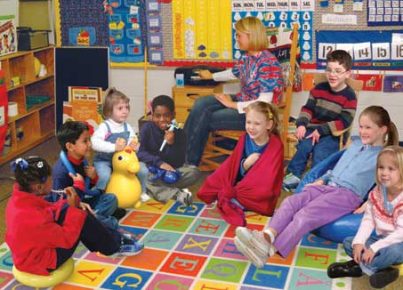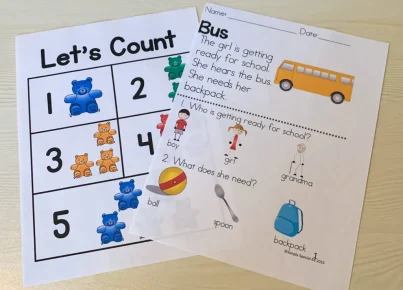Introduction
Dyslexia is a common learning disability that affects one’s ability to read, write, and process information. It is estimated that one in five students has some degree of dyslexia, making it crucial for schools to adopt strategies and practices that cater to these students’ needs. By making schools dyslexia-friendly, educators can foster an inclusive learning environment where every student has the potential to thrive.
Understanding Dyslexia
Before implementing any changes, it is vital for educators and school administrators to understand what dyslexia is and how it affects students. Dyslexia is a neurological condition not related to intelligence levels but results in difficulty decoding words, spelling, and comprehending written text. This often leads students with dyslexia to struggle academically, which can diminish their self-confidence and hinder social development.
Adopting Universal Design for Learning (UDL)
Universal Design for Learning (UDL) is a framework aimed at creating educational environments that cater to diverse learning needs. By adopting UDL principles in schools, teachers can accommodate students with dyslexia in various ways:
1. Multiple means of representation – Offer information through different formats like text, audio, and visuals to help students process complex ideas more easily.
2. Multiple means of action and expression – Give learners multiple options to express their understanding and demonstrate their knowledge by including alternative assessments such as presentations or participation in group discussions.
3. Multiple means of engagement – Empower students with choices about how they engage with learning materials, allowing them to select the tools, tasks, or strategies that work best for them.
Creating a Supportive Learning Environment
A dyslexia-friendly school focuses on providing an environment where students feel comfortable asking for help and expressing their needs. Some steps that schools can take include:
– Providing access to assistive technology – Tools such as speech-to-text software, reading apps, or electronic tablets can be valuable resources for students with dyslexia.
– Offering extra support – Establish school-wide programs like peer mentors, tutors, or resource specialists to provide additional assistance and guidance.
– Encouraging self-advocacy – Teach students about their rights, and provide opportunities for them to practice sharing their needs and accommodations with teachers and peers.
Training Educators
Equipping educators with the necessary knowledge and skills is paramount to fostering a dyslexia-friendly environment. Schools should invest in specialized training through workshops, professional development sessions, or conferences that cover topics like recognizing signs of dyslexia, understanding its impact on learning, and implementing effective instructional strategies.
Curriculum Adaptations
Modifying the curriculum to fit the needs of all students is an essential aspect of creating a dyslexia-friendly school. This may include adjustments such as:
– Implementing multisensory teaching approaches that utilize sight, sound, touch, and movement to facilitate learning
– Reducing the emphasis on spelling during grading, focusing on content comprehension instead
– Providing extra time for assignments or tests to accommodate slower processing speeds
Conclusion
Making schools dyslexia-friendly is a crucial step towards achieving inclusive education. By understanding dyslexia’s impact on learning, adopting UDL principles, and promoting a supportive learning environment alongside trained educators and adapted curriculums – every student can have equal opportunities to achieve their full potential.





